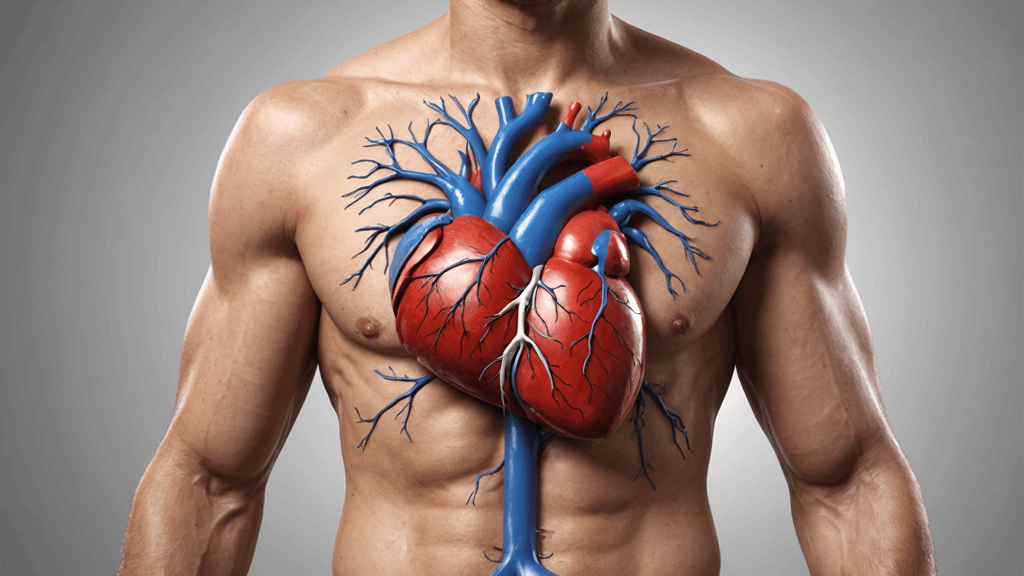
Piceatannol (PIC) is a phenolic compound (stilbene derivative) and a hydroxylated analog of resveratrol. It is found in significant sources such as grapes, passion fruit, white tea, Japanese knotweed, Asian legumes, and Korean rhubarb. PIC is a natural polyphenol with significant chemopreventive and therapeutic potential against various cancers in both in vitro and in vivo environments. It is widely studied for its disease prevention and health-promoting functions, such as anti-diabetic, cardioprotective, neuroprotective, anti-obesity, anti-aging, and anti-allergic properties.
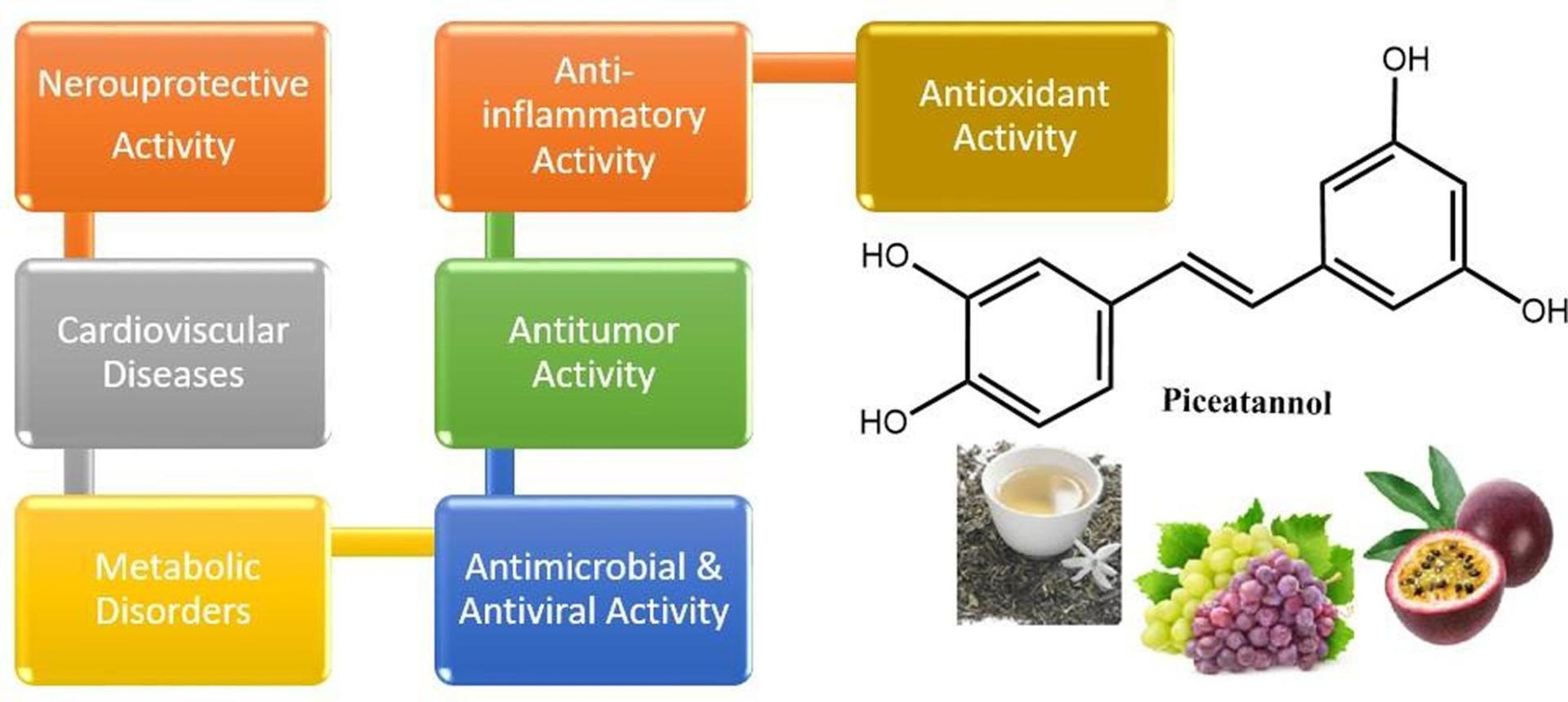
Piceatannol is an active component found in many plant sources, including passion fruit (Passiflora edulis), senna, white mulberry (white tea tree), senna (Asian legumes), rhubarb (Korean rhubarb, commonly used in traditional medicine), spurge, Mezoneuron cucullatum, mountain grapes, broom, rhubarb, creeping fig, Aiphanes aculeata, peanuts, grapes, white vine, and cranberries. It is also found in spurge seeds and is used in folk medicine to treat tumors and warts. Piceatannol was discovered in grape cell suspension cultures and higher concentrations of Piceatannol have been detected in Myrtus communis (also known as the Sim fruit).
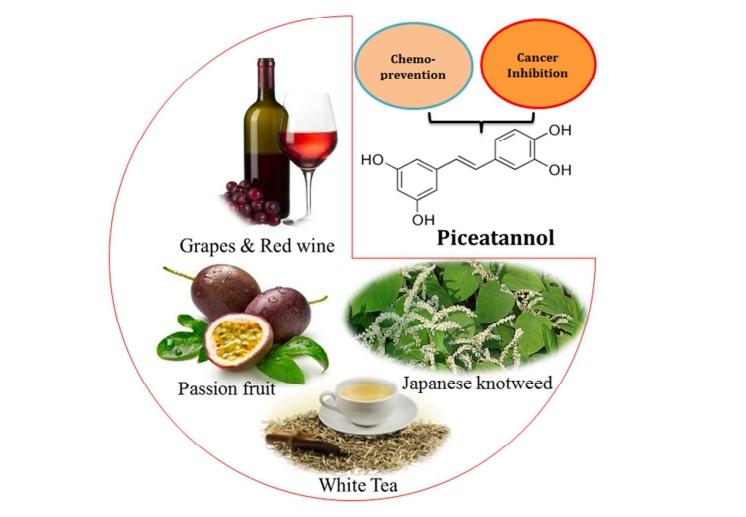
Piceatannol naturally occurs in various foods commonly consumed in human diets. For instance, red grapes and white grapes contain Piceatannol at concentrations of 374 and 43 ng/g, respectively. Additionally, passion fruit seeds have a high Piceatannol content with a detected dry weight concentration of 4.8 mg/g. Cranberries (blueberries) also contain Piceatannol, with a dry weight concentration of 138–422 ng/g. Like most secondary plant metabolites, Piceatannol is produced in response to stress. For example, UV irradiation has been shown to increase Piceatannol levels in peanut calli and grapes. Moreover, Piceatannol in wine made from UV-irradiated grapes is 1.5 times higher than that in wine made from untreated grapes. Fungal stress also increases Piceatannol content in peanut calli to 6.93 μg/g.
Resveratrol (3,4',5-trans-trihydroxy-stilbene) is a naturally occurring stilbene with various beneficial effects, including anticancer, anti-atherosclerotic, antioxidant, anti-inflammatory, antimicrobial, and estrogenic activities. Piceatannol (3,3',4,5'-trans-trihydroxy-stilbene) is a naturally occurring hydroxylated analog of resveratrol with broad biological activities. What are the biological activities of Piceatannol? Piceatannol exhibits a wide range of biological activities, such as vasorelaxation, antimicrobial activity, antioxidant, and pro-oxidant activities. Scientists have reported that passion fruit (Passiflora edulis) seeds contain high levels of PIC, demonstrating multiple biological activities, such as protecting the skin from UVB irradiation, inhibiting melanin production, promoting collagen synthesis, vasorelaxation, and Sirt1 induction. PIC has strong antioxidant activity and chemopreventive and anticancer properties. Due to its antioxidant, antitumor, and anti-inflammatory activities, and its lack of toxicity to humans, it has gradually attracted attention from scientists worldwide. The potential molecular mechanisms of PIC's therapeutic effects include decreased cell viability or proliferation, increased cell toxicity, reduced reactive oxygen species (ROS) levels, autophagy induction, cell cycle regulation, and modulation of various cell signaling pathways. Numerous in vitro studies have led to a few in vivo studies using animal models, indicating that PIC has potential in tumor regression, inducing apoptosis, and inhibiting angiogenesis, invasion, migration, and metastasis. Piceatannol can be used for wound healing or as an anti-aging, antioxidant, anti-acne, and skin whitening agent. Piceatannol has beneficial cosmetic effects on the skin, including promoting collagen production and inhibiting melanin synthesis. Its beneficial uses in the sunscreen industry have been highlighted, with Shi et al. (2020) studying the UV protection mechanisms of Piceatannol and resveratrol extracted from grape skins.
The World Health Organization (WHO) has identified cancer as the second leading cause of death globally. Major issues with traditional therapies include cancer recurrence, development of chemotherapy resistance, affordability, late diagnosis, adverse side effects, and inability to cure. Therefore, there is an urgent need for alternative treatments that are easily accessible, affordable, and minimally toxic. Numerous preclinical studies have reported the potential of Piceatannol to prevent or halt the growth of various cancers originating from different organs, such as brain, breast, cervical, colon, liver, lung, prostate, and skin cancers. Research indicates that Piceatannol is a potential anticancer and chemopreventive agent and shows promise as an effective anticancer drug.
Piceatannol combats different cancers by inducing mitochondrial-dependent and independent apoptosis pathways, increasing pro-apoptotic proteins and decreasing anti-apoptotic proteins, and modulating Akt/mTOR, NF-κB, and JAK-STAT3 pathways. It also exhibits strong anti-metastatic effects by inhibiting MMP, Wnt signaling pathways, and PI3K/Akt/mTOR, as well as epithelial-mesenchymal transition. PIC regulates EGFR signaling pathways by inhibiting EGFR phosphorylation or expression, demonstrating its anticancer potential. However, human trials are needed to confirm these possible mechanisms and its anticancer effects. A major drawback of PIC observed in numerous in vitro and in vivo studies is its poor bioavailability. Recent research suggests that modifying the structure of PIC or forming nanoparticles with PIC or PIC with αCD, βCD, etc., may overcome this limitation.
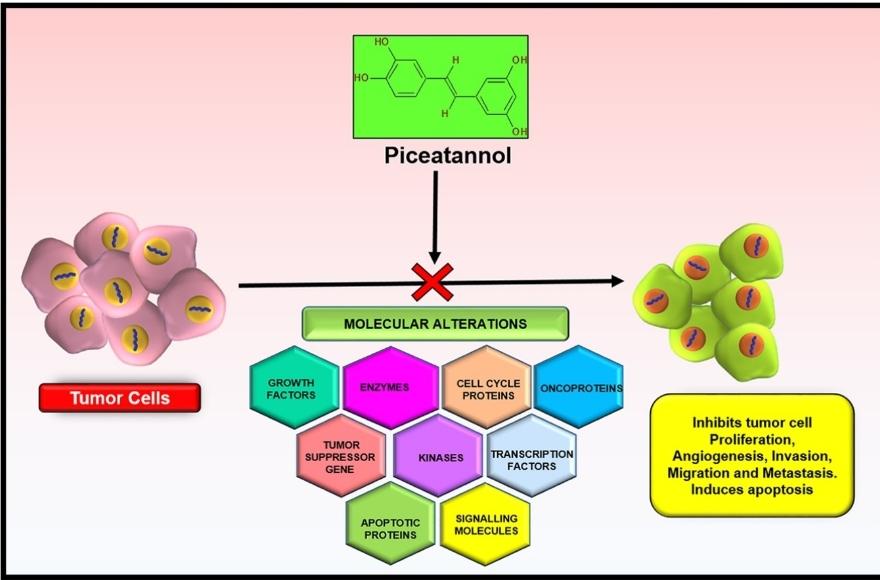
Although Piceatannol is beneficial for inflammatory diseases, little is known about how Piceatannol regulates inflammatory responses and adipogenesis. Ahmed Rakib et al. analyzed the effects of Piceatannol on splenocytes, 3T3-L1 adipocytes, and RAW264.7 macrophages using flow cytometry, qRT-PCR, morphometry, and Western blotting. Compared to the control group, Piceatannol dose-dependently induced apoptosis in activated T cells, reduced T cell activation, altered T cell frequencies, and interestingly, induced the frequency of regulatory T (Treg) cells. Piceatannol also inhibited the expression of TNF-α, iNOS, IL-6R, and NF-κB in LPS-induced RAW264.7 macrophages compared to the control group. Interestingly, Piceatannol altered the cell morphology of 3T3-L1 adipocytes, reducing cell volume, lipid deposition, and TNF-α expression, but upregulated leptin and IL-1β. The results suggest that Piceatannol induces apoptosis in activated T cells, reduces immune cell activation and inflammatory responses, and impedes adipogenesis. This new data brings hope for new therapies for inflammatory diseases and obesity.

Molecular coupling studies suggest that the antioxidant and neuroprotective properties of stilbene compounds are closely related to the number and position of OH groups in their biphenyl backbone. The backbone with ortho OH groups, such as Piceatannol, exhibits stronger antioxidant and neuroprotective activities. Similarly, the presence of two 3′,4′-dihydroxy groups (catechol moiety - ring B) in Piceatannol plays a crucial role in its ability to scavenge free radicals and capture unpaired electrons, forming highly stable Piceatannol-semiquinone radicals.
Extensive research has been conducted on the antioxidant activity of Piceatannol and its derivatives both in vitro and in vivo. In vitro, Piceatannol extracted from Amur vine shows strong ABTS radical scavenging activity (IC50: 6.73 μM), higher than Trolox (IC50: 16.83 μM), resveratrol (IC50: 11.15 μM), trans-ferulic acid (IC50: 13.51 μM), and chlorogenic acid (IC50: 27.23 μM) (Kim et al., 2017). Piceatannol also shows interesting antioxidant activity at concentrations ranging from 10 to 25 μM, twice as high as trolox, and inhibits the synthesis of eicosanoids and Caco-2 growth (41.1 ± 2.3 %, p ≤ 0.05). Tarbeeva et al. (2023) reported the antioxidant activity of Piceatannol isolated from M. amurensis using DPPH radical scavenging and FRAP assays. Compared to ascorbic acid and quercetin (5.83 ± 0.49 and 2.81 ± 0.12 μg/mL, respectively), Piceatannol exhibits stronger DPPH radical scavenging activity (1.05 ± 0.12 μg/mL). It also shows moderate FRAP activity (15.71 ± 1.43 μM Fe2+/μM Piceatannol) compared to ascorbic acid (3.58 ± 0.29 Fe2+/μM ascorbic acid) and quercetin (5.53 ± 0.55 μM Fe2+/μM quercetin) (Tarbeeva et al., 2023). Additionally, Piceatannol exhibits higher scavenging abilities against hypochlorous acid (HOCl) (IC50: 1.2 ± 0.5 μg/mL) and O2 radical dot? anion (IC50: 7.3 ± 0.02 μg/mL) compared to quercetin (IC50: 1.9 ± 0.3; 8.8 ± 0.3 μg/mL) (dos Santos et al., 2022). However, Piceatannol's DPPH radical scavenging ability is slightly lower than that of quercetin (6.3 ± 1.3 μg/mL; 4.8 ± 1.0 μg/mL).
Piceatannol has shown broad potential applications in antioxidant, anti-inflammatory, and other health areas. However, since its effects may vary between individuals, it is advisable to consult a physician or healthcare professional before considering its use for personal health management. Professional guidance ensures the safe and effective utilization of Piceatannol's various potential benefits.
[1]https://www.sciencedirect.com/topics/neuroscience/piceatannol
[2]Piotrowska H, Kucinska M, Murias M. Biological activity of piceatannol: leaving the shadow of resveratrol[J]. Mutation Research/Reviews in Mutation Research, 2012, 750(1): 60-82.
[3]Krambeck K, Santos D, Sousa Lobo J M, et al. Benefits of skin application of piceatannol—A minireview[J]. Australasian Journal of Dermatology, 2023, 64(1): e21-e25.
[4]Banik K, Ranaware A M, Harsha C, et al. Piceatannol: A natural stilbene for the prevention and treatment of cancer[J]. Pharmacological research, 2020, 153: 104635.
[5]Al-Jaber H I, Shakya A K, Al-Qudah M A, et al. Piceatannol, a comprehensive review of health perspectives and pharmacological aspects[J]. Arabian Journal of Chemistry, 2024: 105939.
[6]Rakib A, Mandal M, Showkat A, et al. Piceatannol induces regulatory T cells and modulates the inflammatory response and adipogenesis[J]. Biomedicine & Pharmacotherapy, 2023, 161: 114514.
[7]Kershaw J, Kim K H. The therapeutic potential of piceatannol, a natural stilbene, in metabolic diseases: a review[J]. Journal of medicinal food, 2017, 20(5): 427-438.
[8]Seyed M A, Jantan I, Bukhari S N A, et al. A comprehensive review on the chemotherapeutic potential of piceatannol for cancer treatment, with mechanistic insights[J]. Journal of agricultural and food chemistry, 2016, 64(4): 725-737.
 |
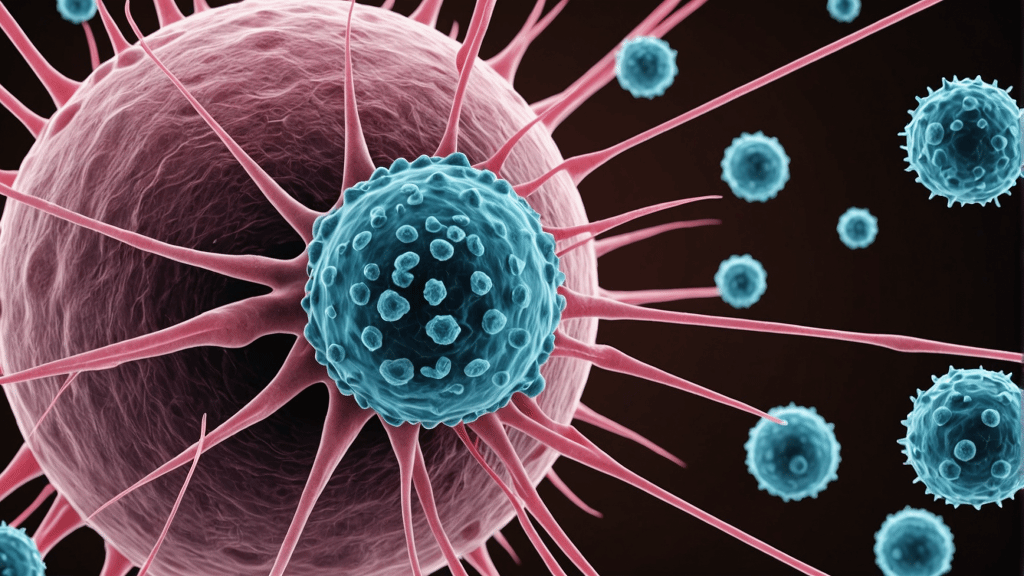 |